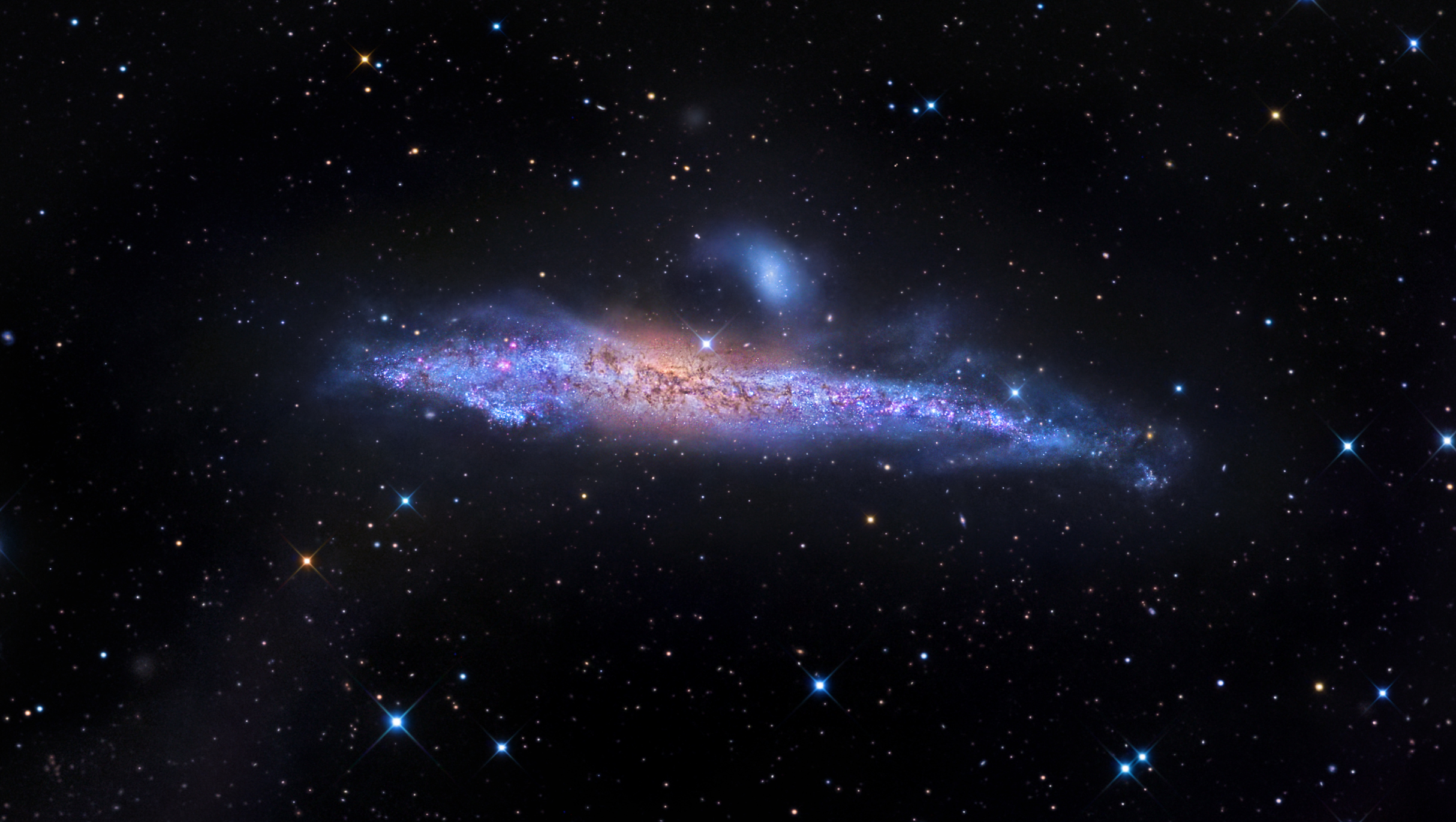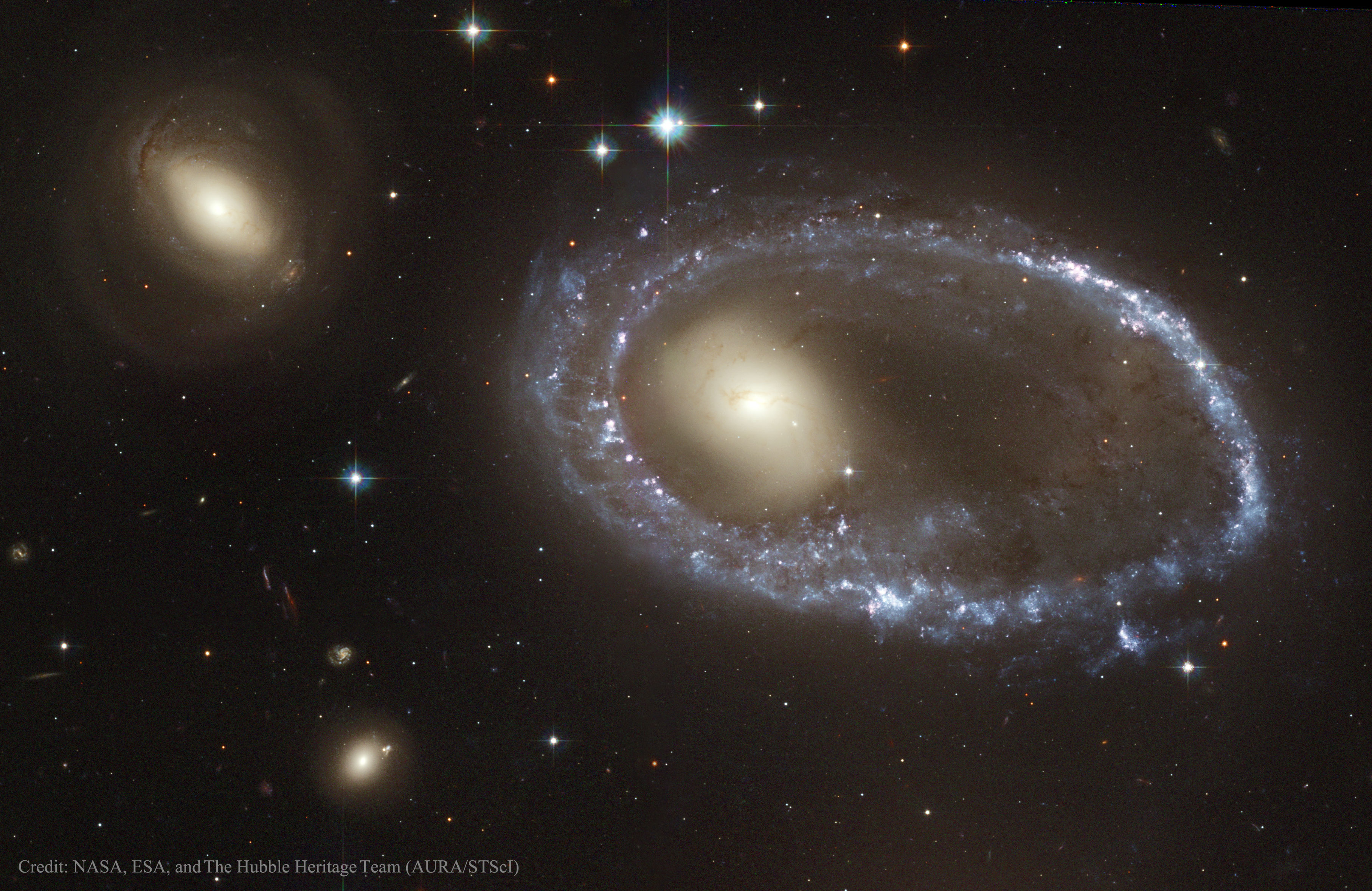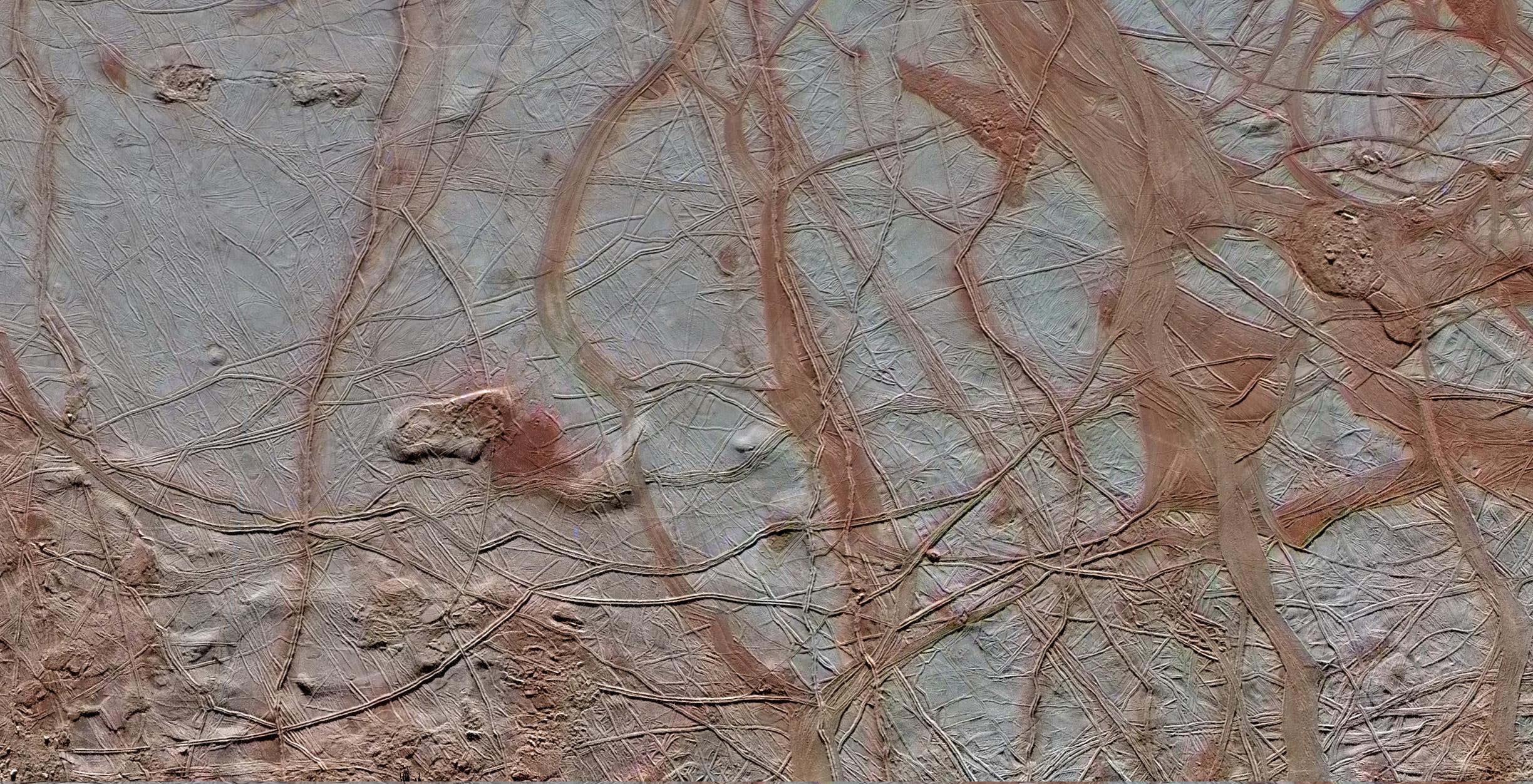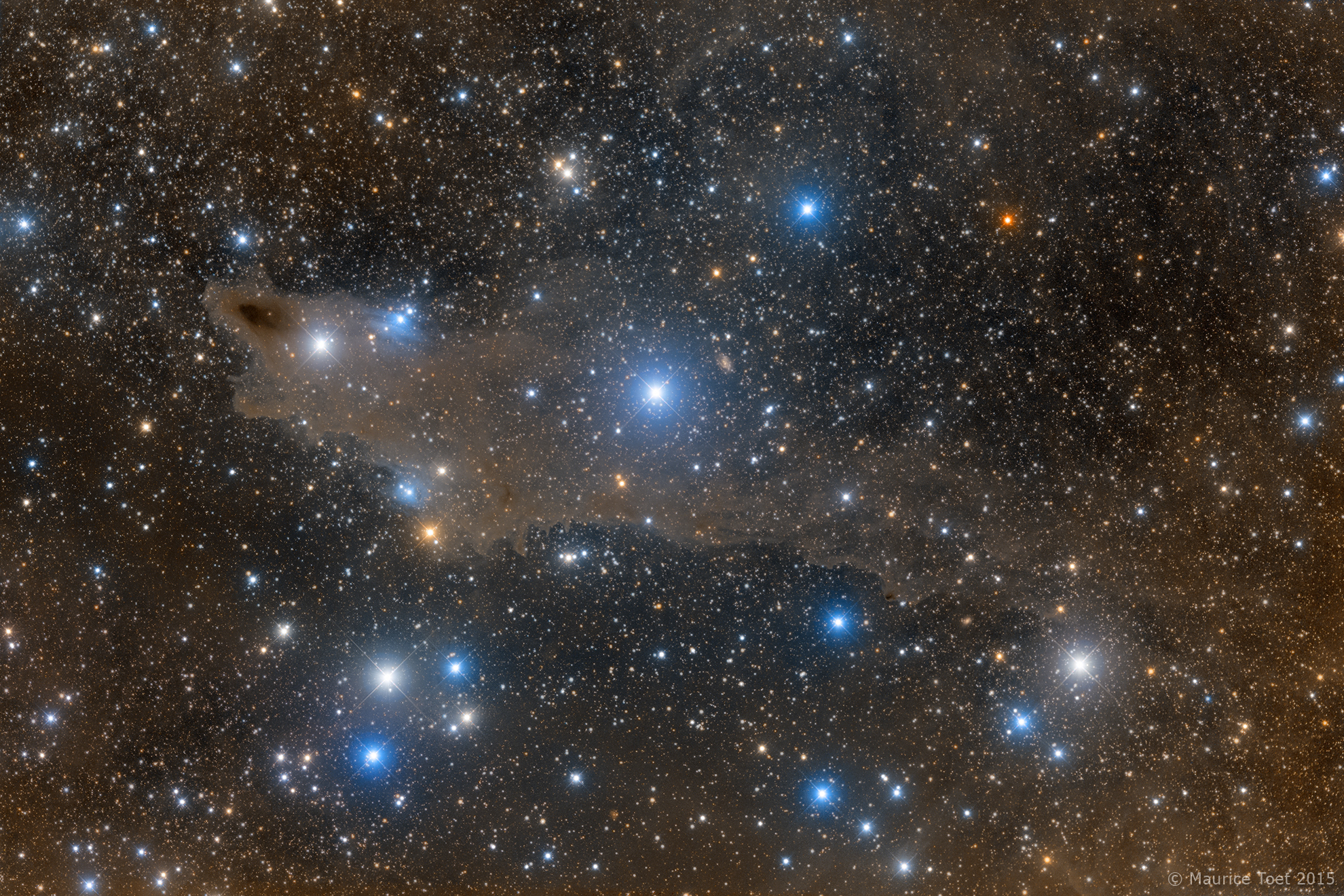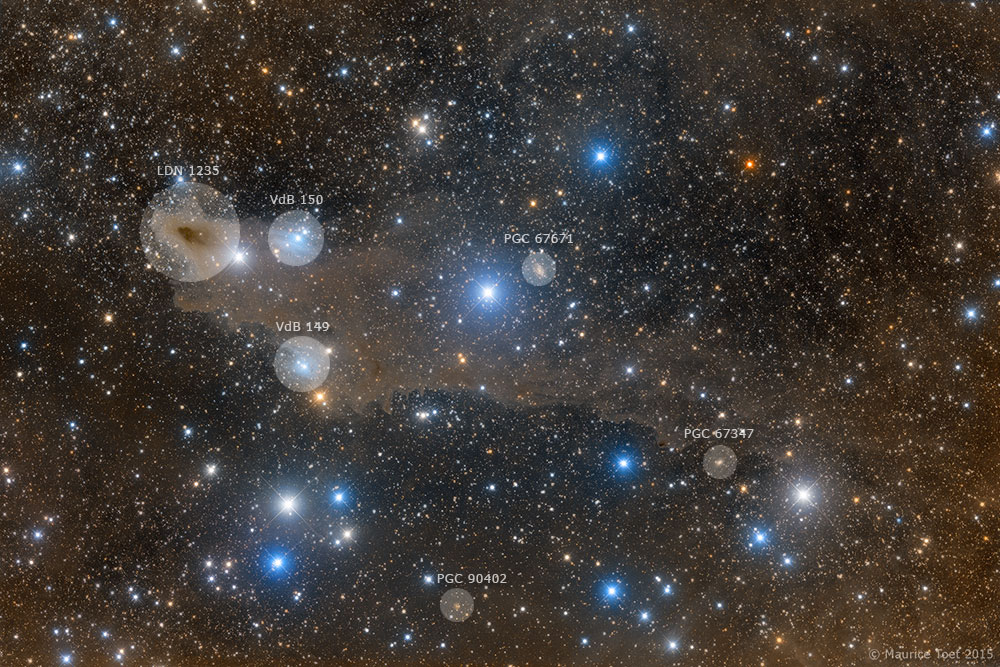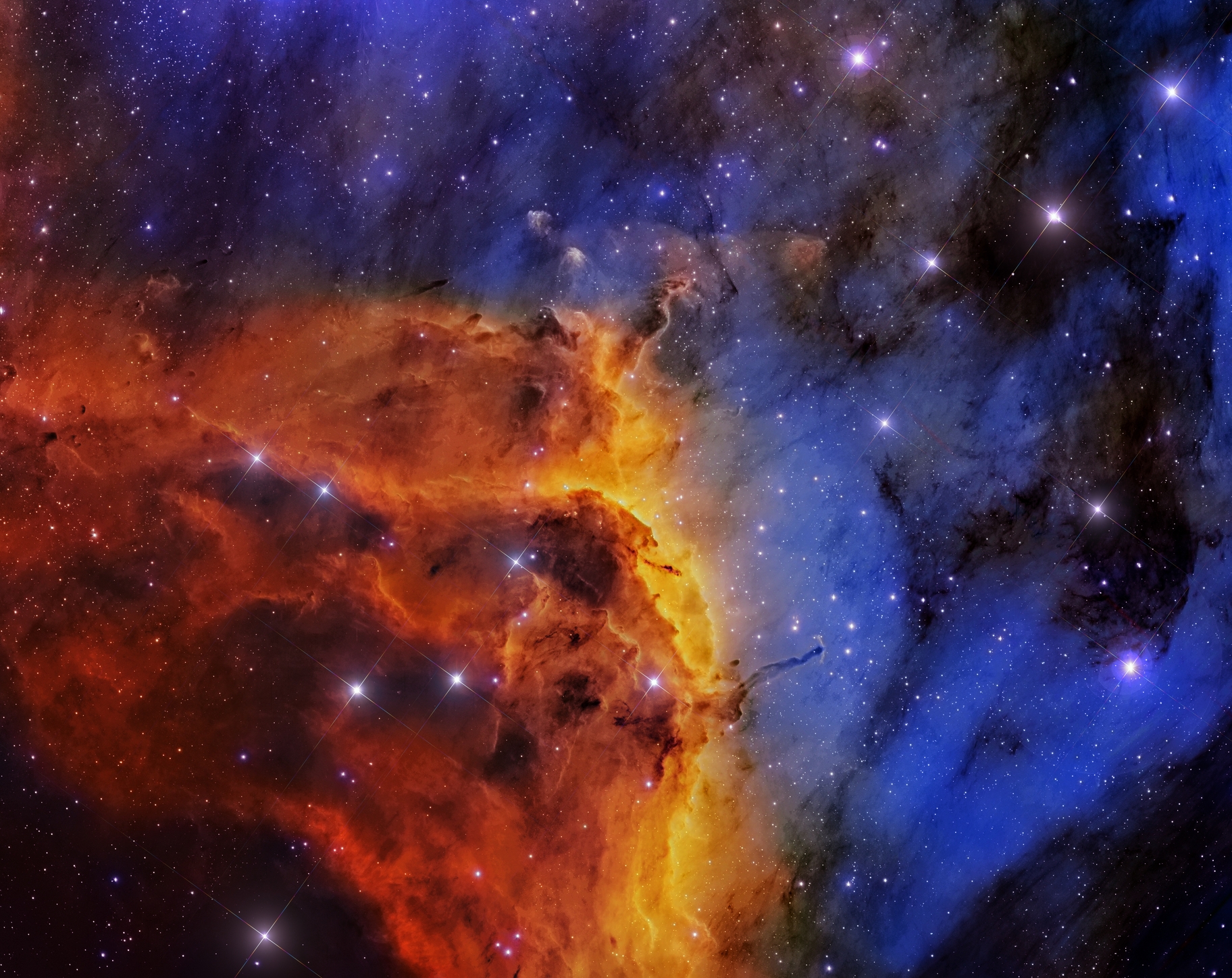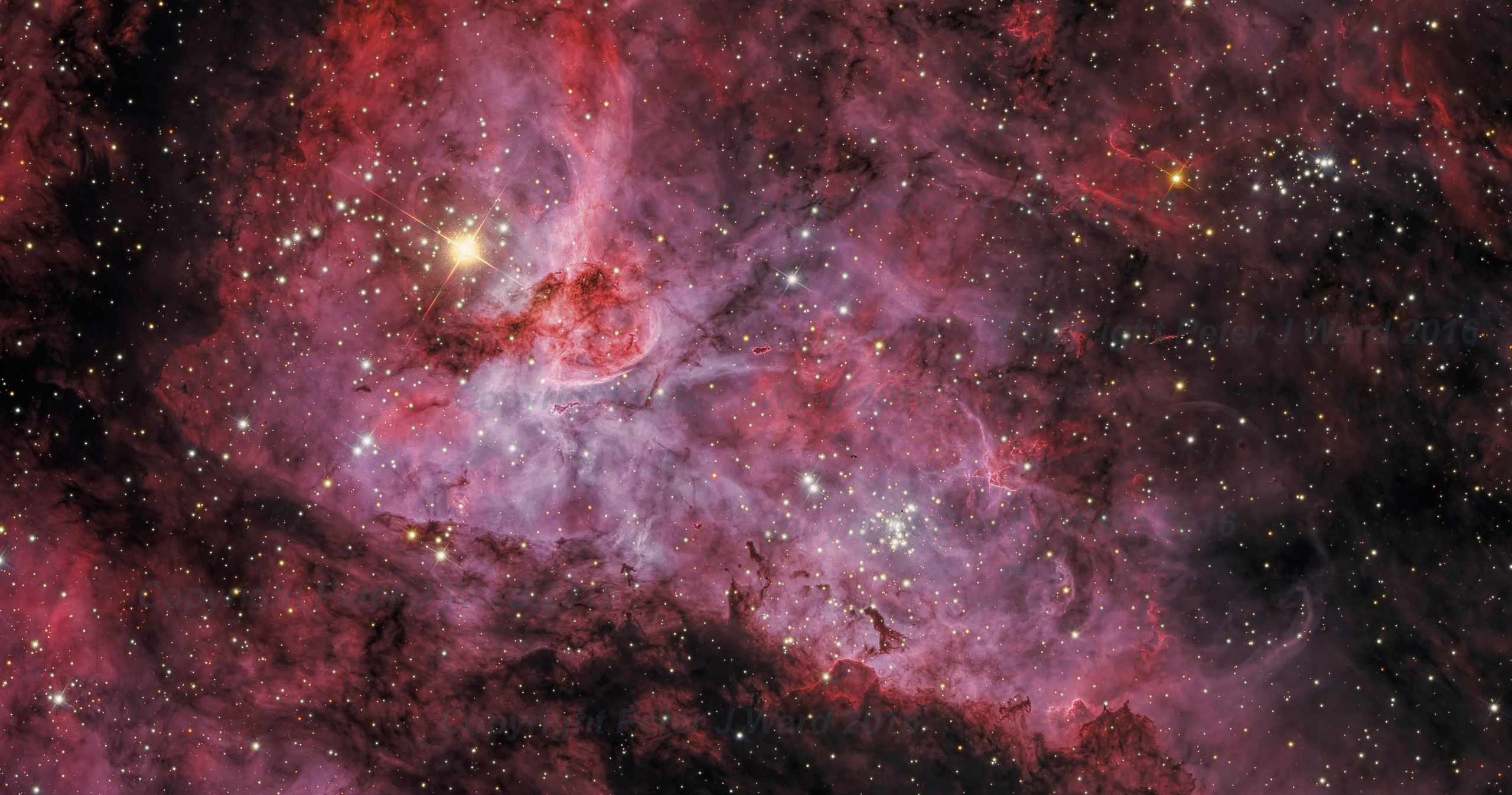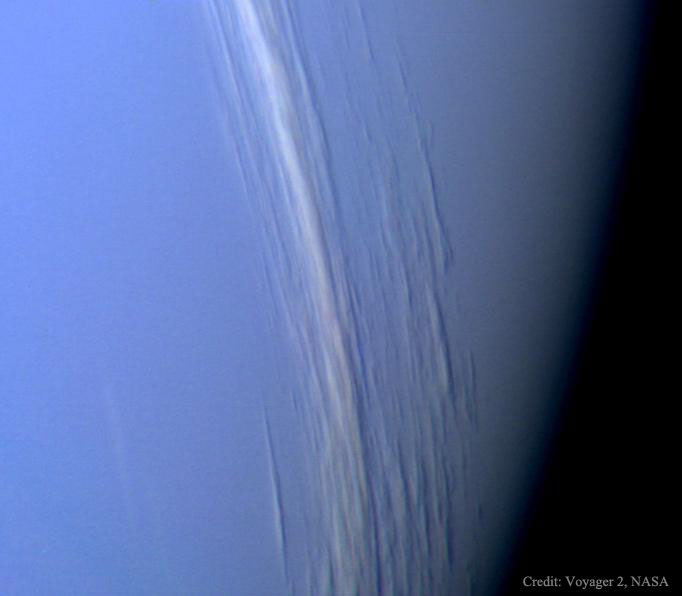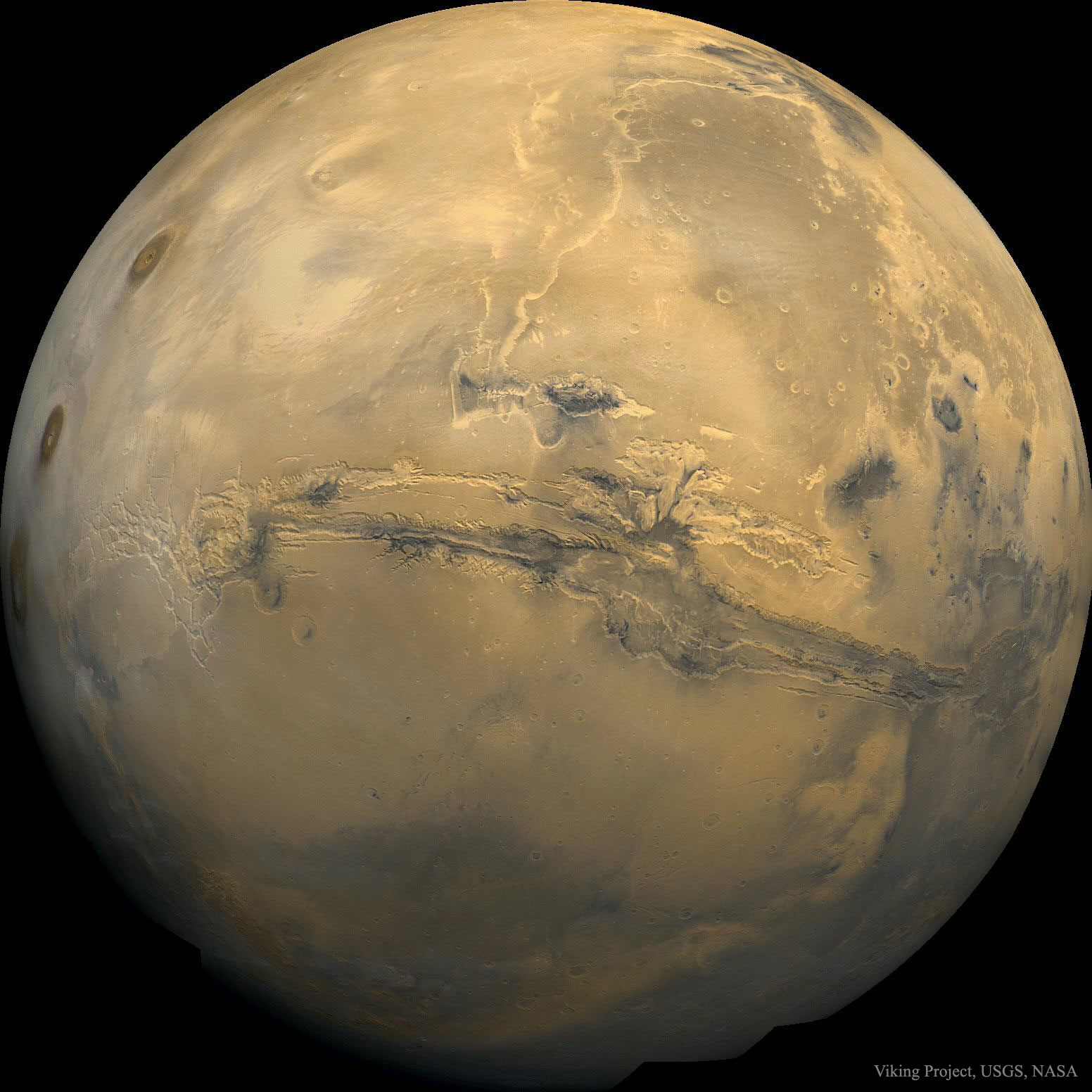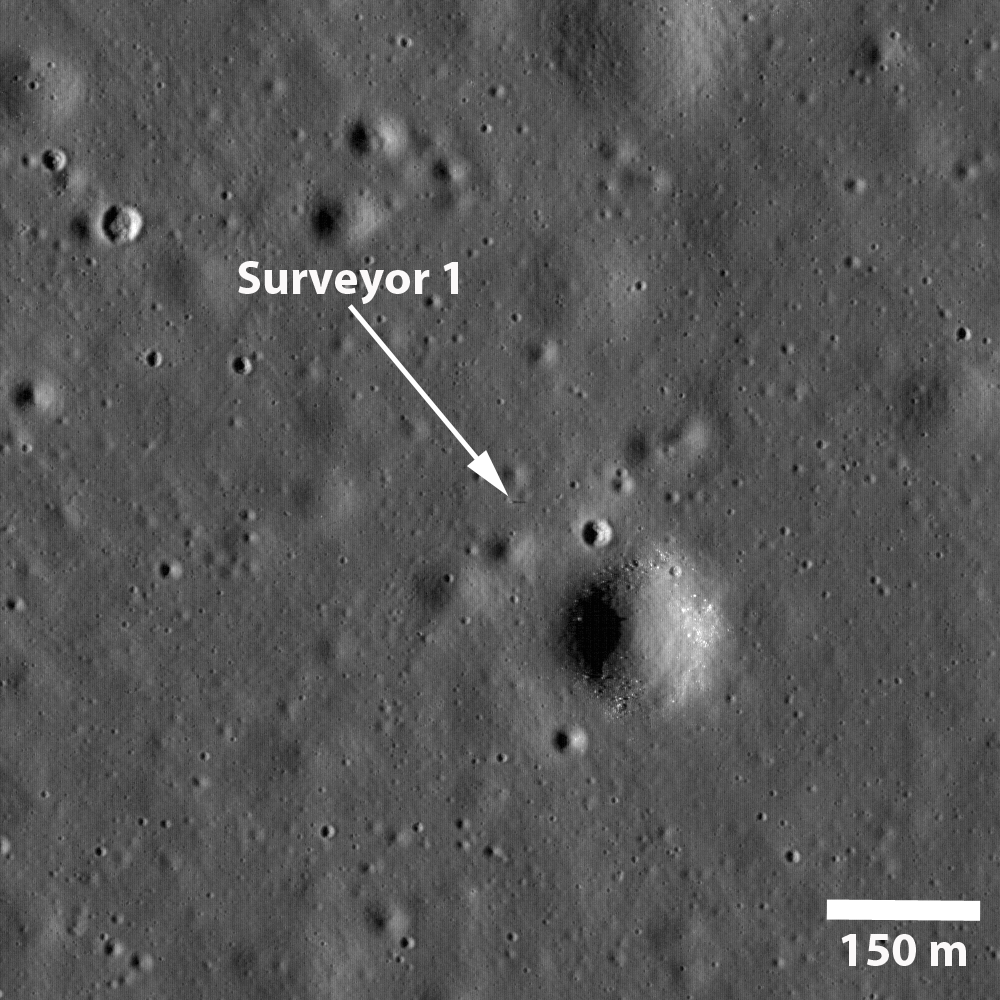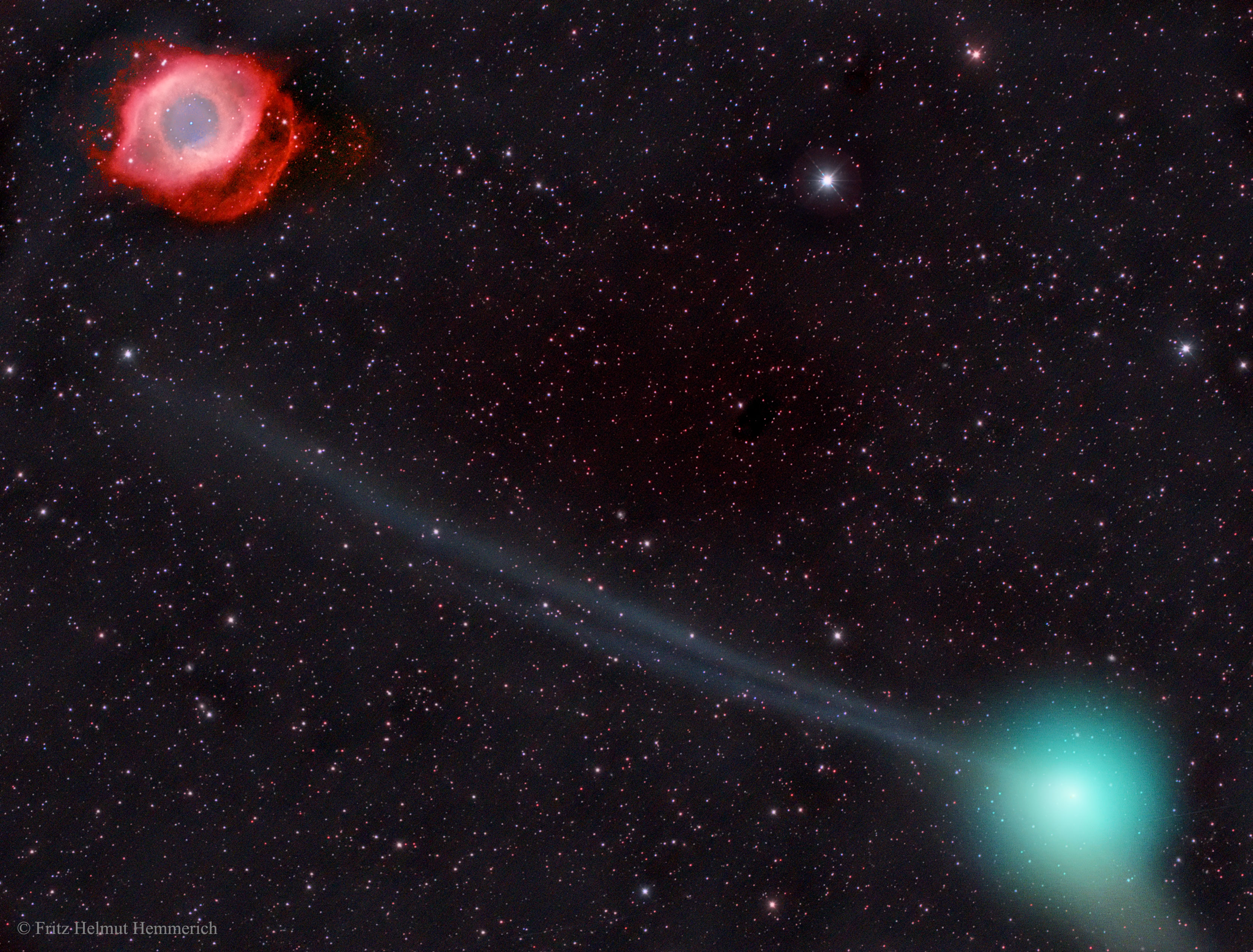Seven
Messenger to the football Gods
- Messages
- 19,301
- Reaction score
- 9,892
Prometheus and the F Ring
Image Credit: Cassini Imaging Team, SSI, JPL, ESA, NASA
Explanation: In Greek myth Prometheus was a Titan, known for bringing fire from Mount Olympus. But in modern times the name is given to a small moon of Saturn, orbiting just inside Saturn's F ring. In a complex interaction, the tiny potato-shaped moon interacts with the icy ring particles creating structures along the F ring still not fully understood. One of the highest resolution views of Prometheus, this image of its pocked surface posing with the thin F ring in the background was taken during the Cassini spacecraft's close approach on December 6, 2015. Elongated Prometheus is roughly 150 kilometers (90 miles) long by 70 kilometers wide.

Is this a "Chunk' of something or was this once round, like other planets, and just eroded away?
Did I ask that right?



